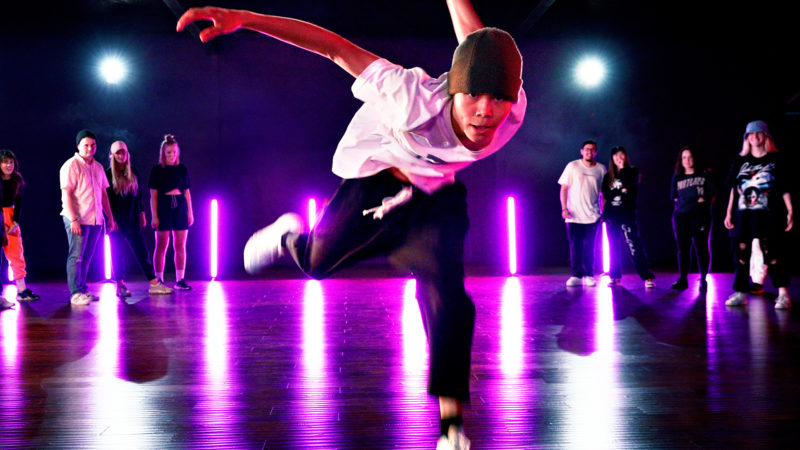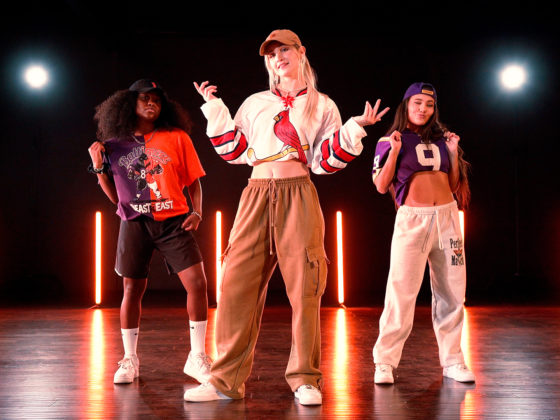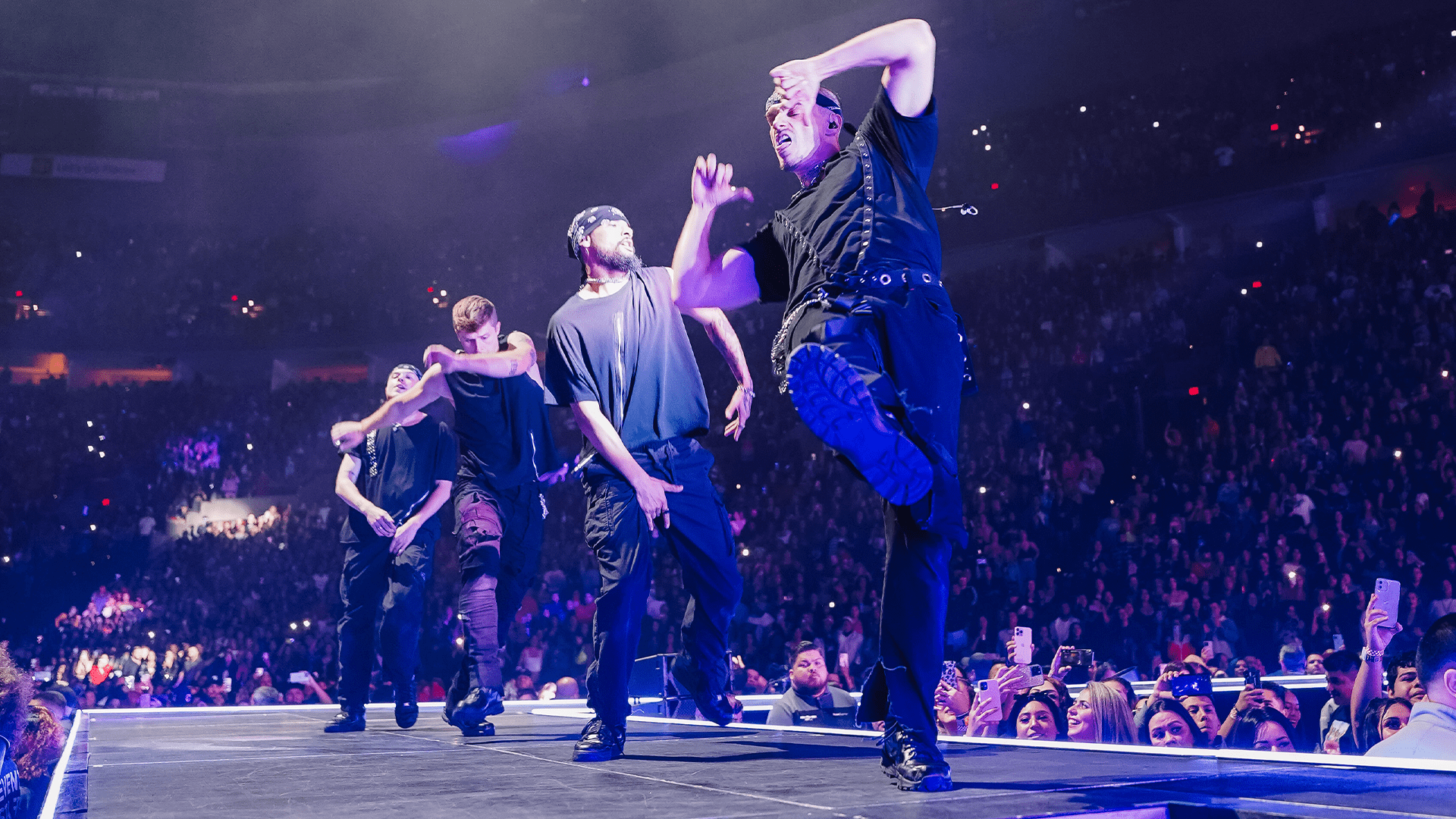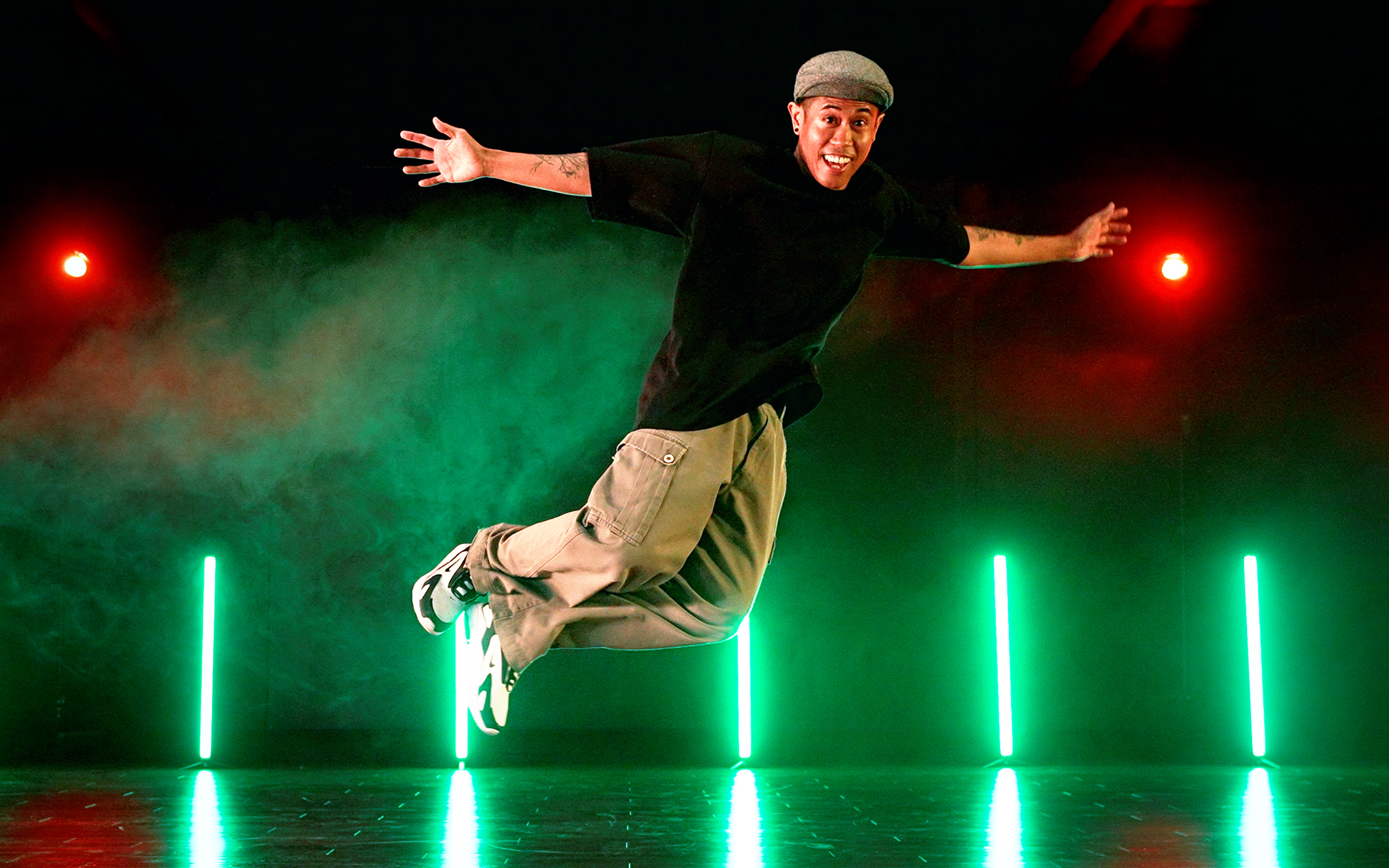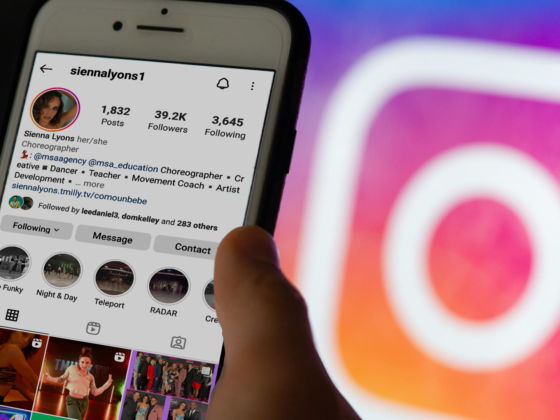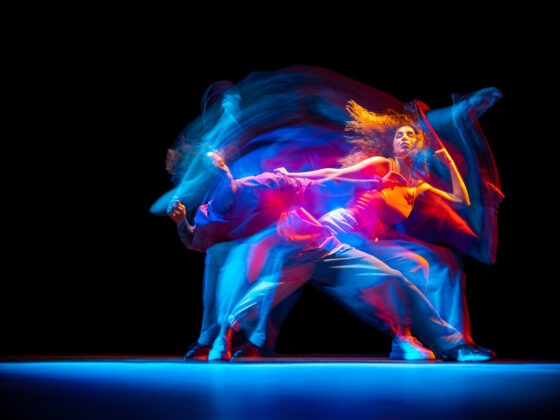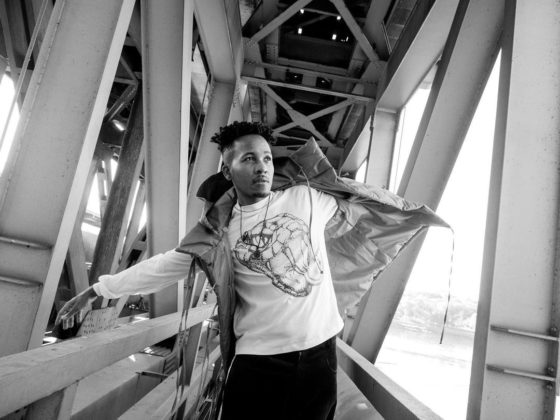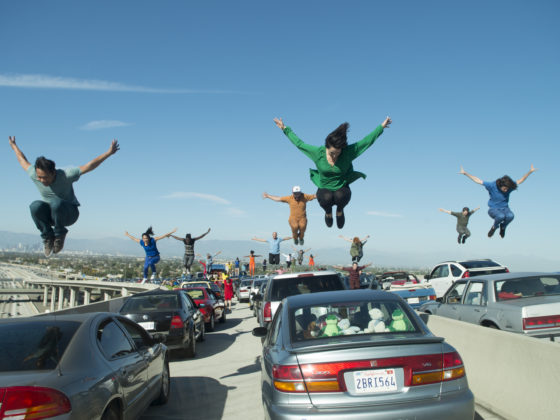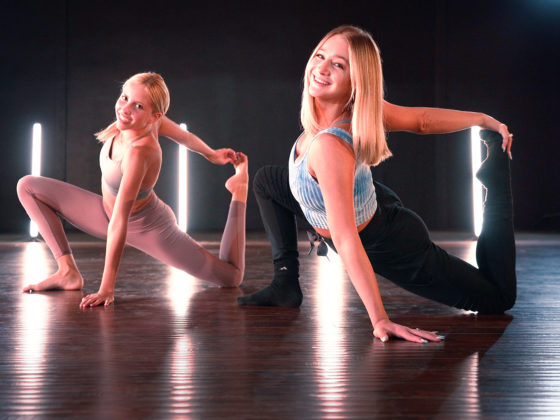Let’s face it, becoming great at learning and performing choreography can seem pretty daunting. Whether you’re a beginner just getting into dance, or happen to dance for fun – learning specific steps can feel like something completely foreign. With all these amazing dancers out there who are able to pick up difficult choreography in the blink of an eye, it can be hard to imagine ever getting on that level. We reached out to some of the dancers and choreographers who we have the pleasure of working with, to get some insight and tips on how they developed their skills:
Jake Kodish:
“Take class as much as you can, whether it’s in person or online, and be consistent with the set of teachers you take from regularly, adding a variety of other choreographers whenever possible. When performing the choreography, if you ever mess up, give yourself the lenience to go back and drill the section that’s giving you a hard time over and over again, until your brain agrees with your body. Sometimes the difference between those who become great at something vs simply good is that they are willing to keep trying just a few more times.”
Tobias Ellehammer:
“As a student, I always rely on my muscle memory through repetition, which for me needs to be encoded via a full out approach. Conditioning my body to be able to perform choreography at full intensity instead of just marking gives me the ability to experience what the steps are actually supposed to feel like. The more times I let my body execute the choreography as intended, the more I can rely on muscle memory to take me to the finish line.”
Cat Rendic:
“One thing I did to elevate my training: I would pick a spot in the very back of the class and never switch lines or go to the front. That was an added challenge, since I sometimes couldn’t fully see the details from the teacher. It pushed me to trust myself, and really listen – taking note of the vocal details more intently. Relying on the mirror too much can hinder our ability to be fully aware of body placement, and depriving myself of that allowed me to push myself even further by becoming more comfortable without it.”
Erica Klein:
“Most choreographers have a vocabulary of movements that you will start to identify as you learn multiple combos from them. By learning many routines from the same choreographer, those movements and body positions will become easier for your body to replicate whenever they appear. With time and repetition, a teacher’s vocabulary will become a part of your own. The larger your vocabulary is, the less foreign new movements will feel to you, giving you the ability to learn at a faster pace by not having to think about every single movement in a routine. Let long term muscle memory do the heavy lifting for you.
In class, I like to test myself to make sure I truly know the piece. In the latter part of class, I stand on the side in the back corner and mark the routine with my eyes closed in order to find out if I know the combo without relying on the teacher. If I mess up somewhere, then I know exactly which section I need to focus on and review. This helps me build up my confidence as well! If I can pass the eyes closed test a few times then I can feel confident I won’t forget the piece when its my turn to go out and perform.”
Sean Lew:
“First, you have to come into class with no expectations or ego. Spend every moment listening to each detail of what’s being presented, avoiding all distractions. Really studying and falling into the music is key. The choreography makes up the moves, but connecting the moves to the song and understanding why they’re there, is what gives us the reason to dance. And last but not least, you just have to commit. If you don’t commit, someone else will. So commit.”
There you have it, folks! Hopefully this gives you some motivation to keep growing as a dancer! You can take online classes from Jake, Tobias, Cat, Erica, and Sean on our platform TMilly TV.
If you’re in LA, come take class from some of these legends in-person at our studio.

